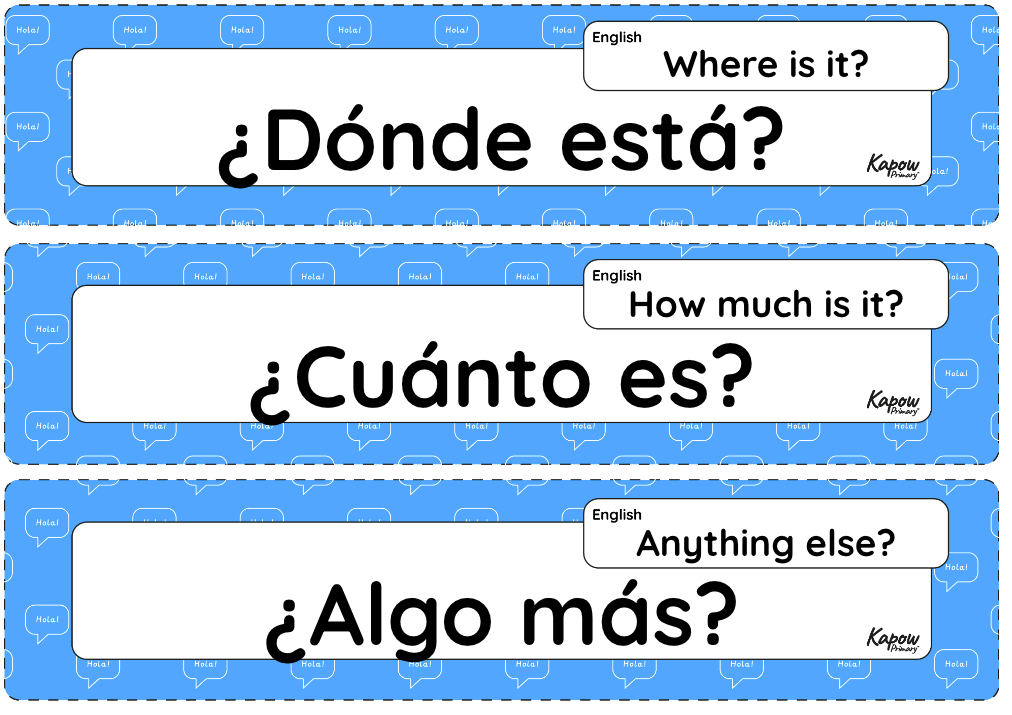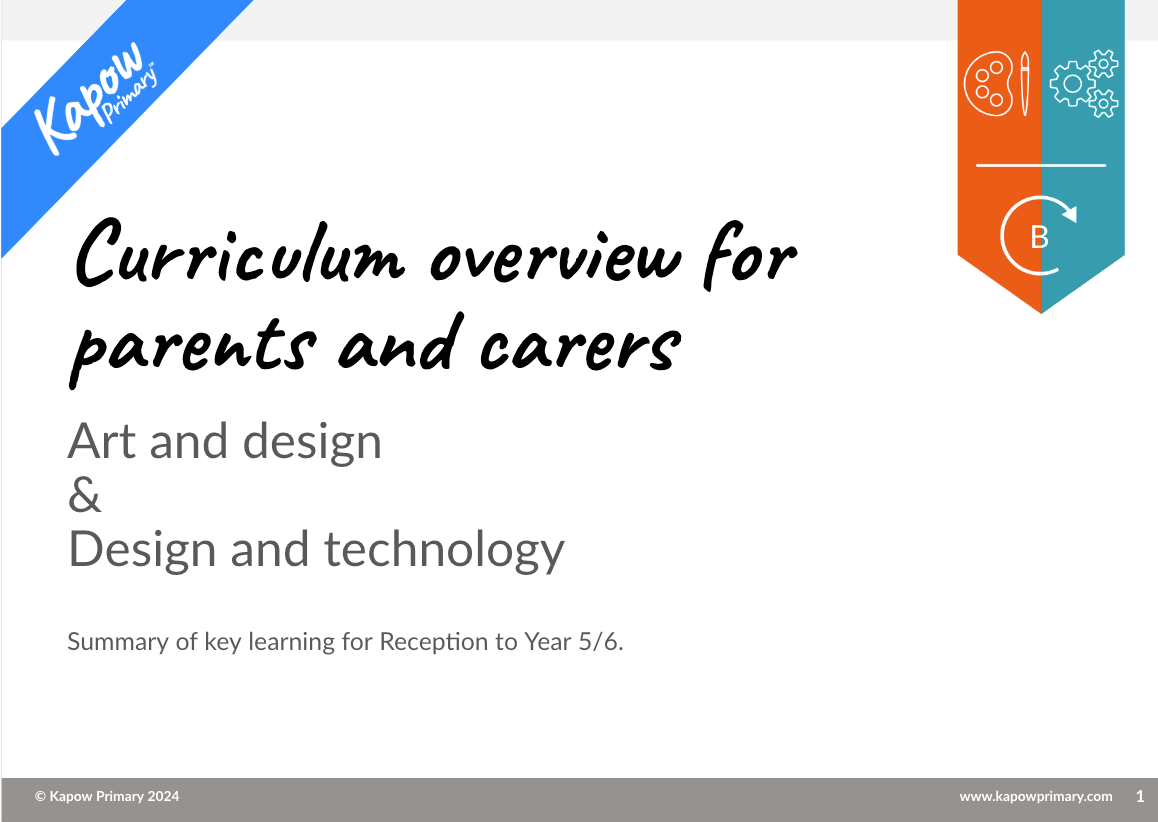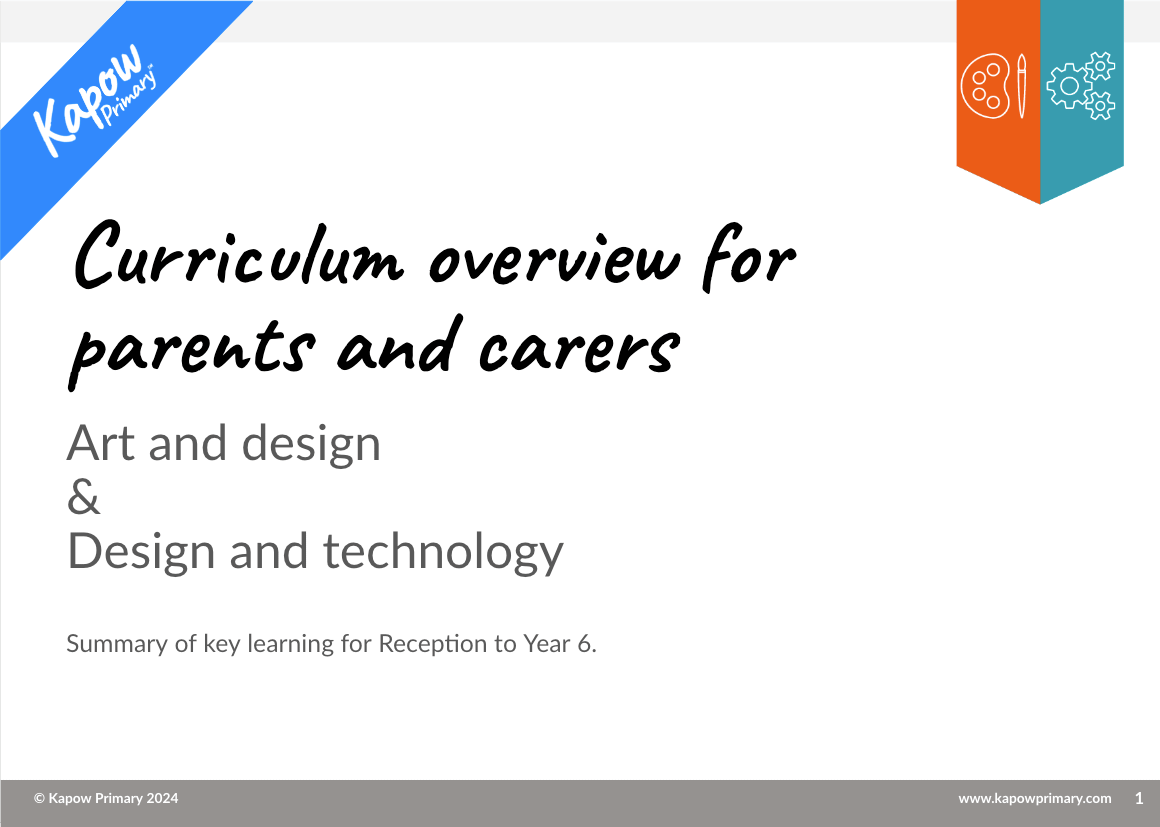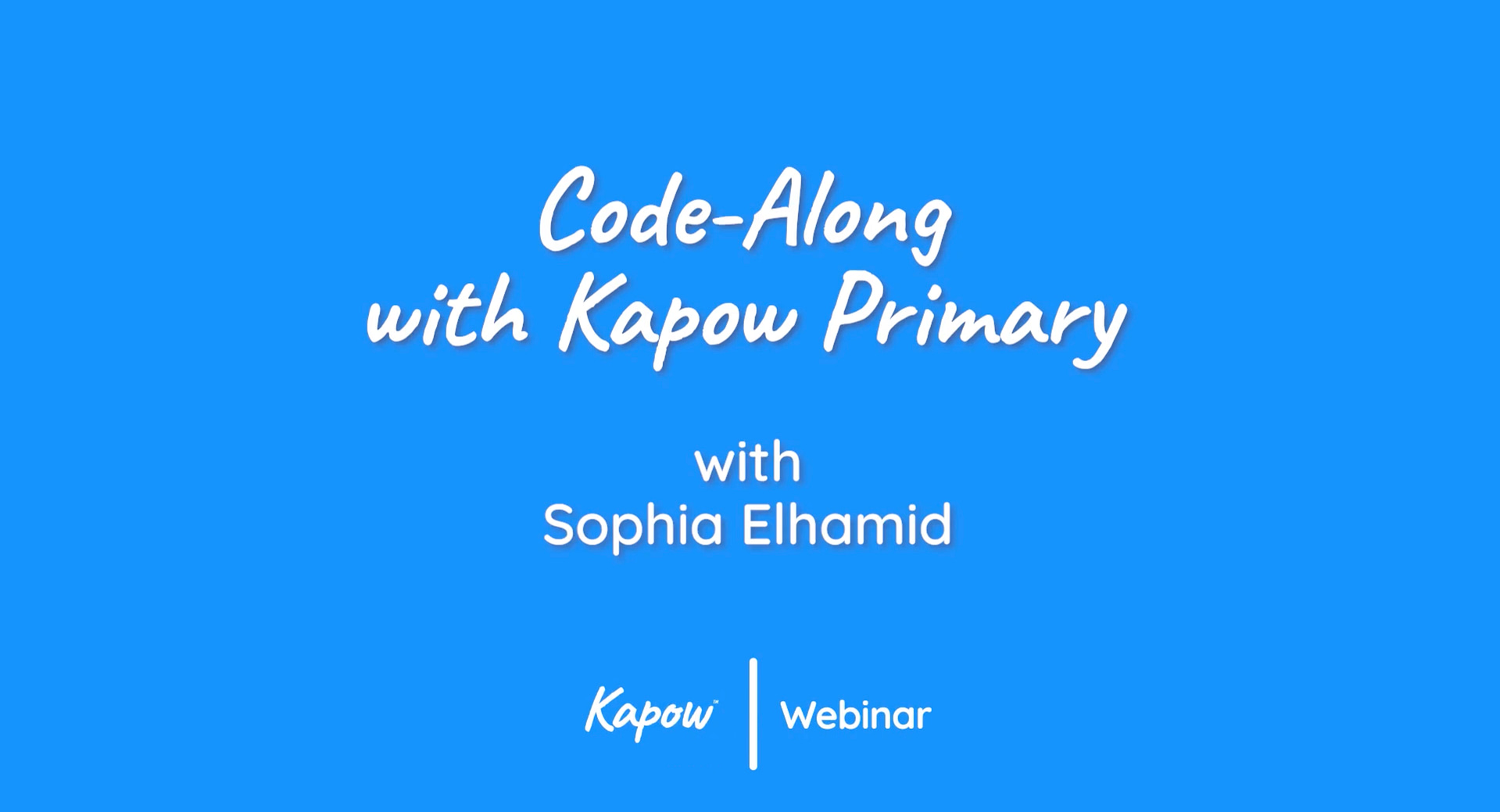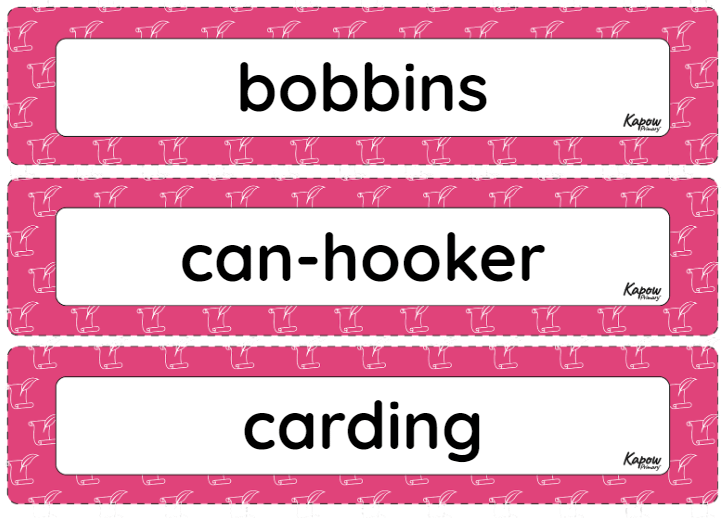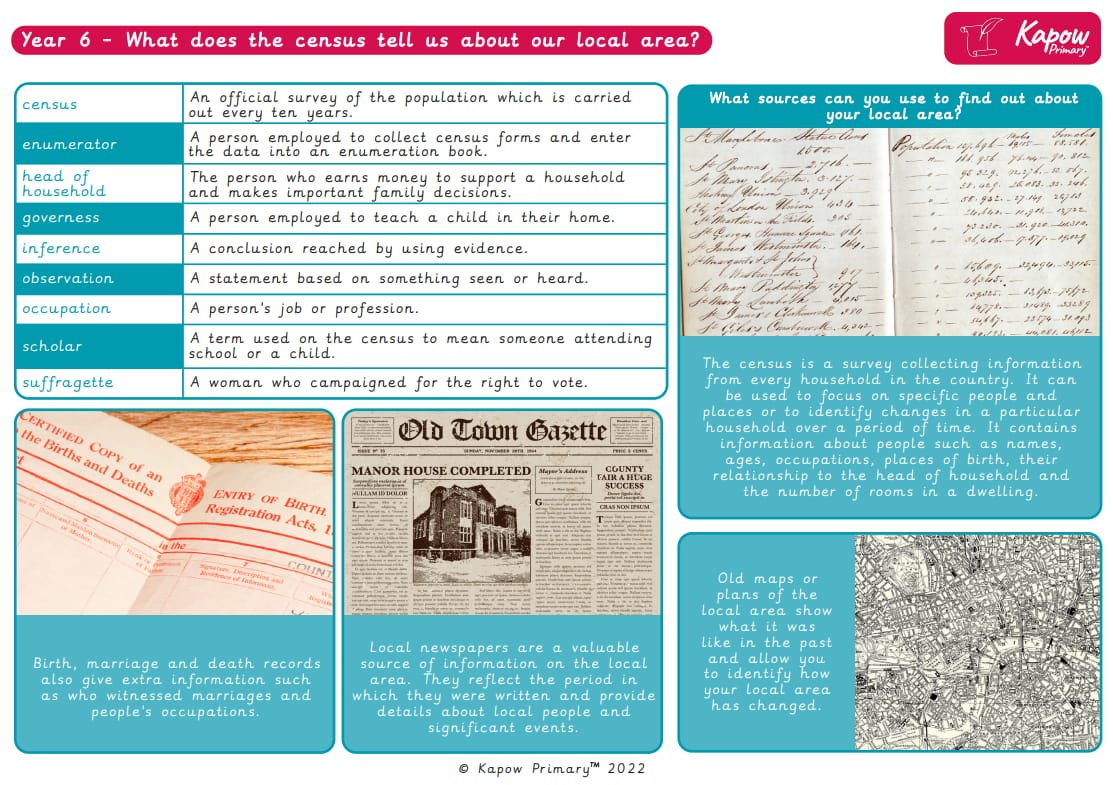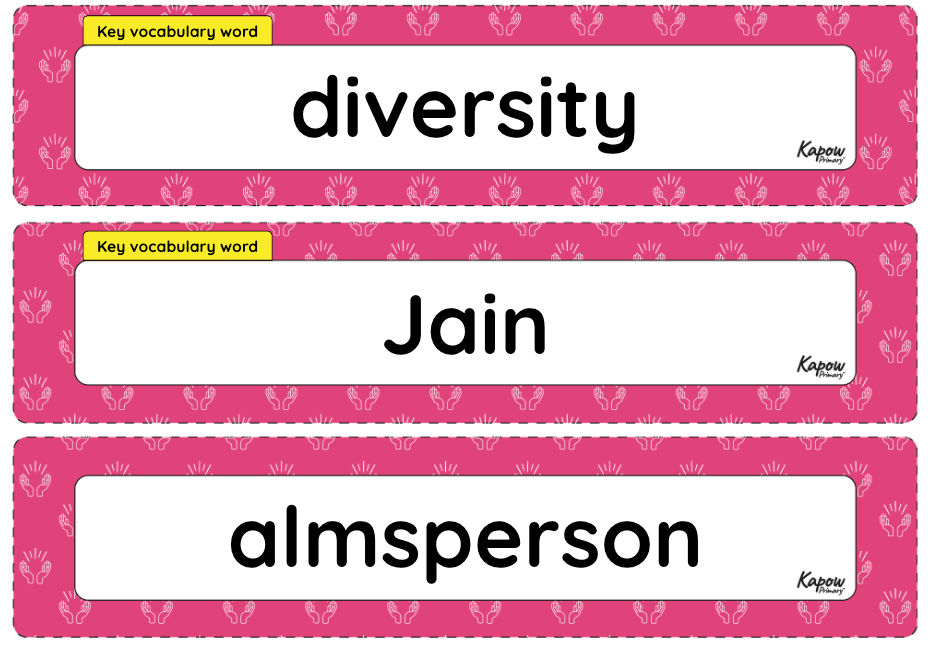This unit vocabulary display includes keywords from the unit Spanish, Year 6, Shopping in Spain and additional unit-specific words that may be helpful in a display.
year: Year 6
Science: list of significant people studied
A document to show the scientists and other significant people who are studied through the Science scheme of work.
Art and DT: Curriculum guide for parents and carers — mixed-age (Cycle B)
*Now updated to include our newly published Drawing units*
This version of our parent curriculum overview is for mixed-age schools that subscribe to both Art and DT and alternate between teaching Art and DT each half term, using our Art and DT Half-termly plan — mixed-age.
Art and DT: Curriculum guide for parents and carers — mixed-age (Cycle A)
*Now updated to include our newly-published Drawing units*
This version of our parent curriculum overview is for mixed-age schools that subscribe to both Art and DT and alternate between teaching Art and DT each half term, using our Art and DT Half-termly plan — mixed-age.
Art and DT: Curriculum guide for parents and carers
*Now updated to reflect the newly published Drawing units*
This version of our parent curriculum overview is for those schools that subscribe to both Art and DT and alternate between teaching Art and DT each half term, using our Half-termly Art and DT Long-term plan.
Webinar: Code-along with Kapow Primary
Join our Computing specialist, Sophia, as she leads you through engaging activities that inspire creativity and problem-solving in coding. Choose to watch the demonstration or code along! Gain practical ideas for integrating coding into your lessons and boost your confidence in teaching this essential skill.
Find more FREE coding resources here!
Vocabulary display: History – What does the census tell us about our local area?
Archived Knowledge organiser: What does the census tell us about our local area?
A Knowledge organiser that captures the essential knowledge and skills learnt throughout the unit Archived – History, Year 6, What does the census tell us about our local area?
This resource is designed to help pupils explore how census data provides insights into the lives of people in the past and present. It introduces key vocabulary such as “enumerator”, “inference”, and “head of household”, and explains the purpose and structure of the census. Through sources like birth and death records, newspapers, and maps, pupils investigate how local areas have changed over time. The historical timeline from 1801 to 2021 shows the development of census-taking in Britain, encouraging children to analyse data, draw conclusions, and understand the impact of demographic shifts. This is an ideal tool for building historical enquiry skills and deepening understanding of population studies and local history.
Vocabulary display – R&W Y6: Why do religions look different around the world? (Part 2)
This unit vocabulary display includes keywords from the Year 6 unit Religion and worldviews, Y6, Why does religion look different around the world? (Part 2) and additional unit-specific words that may be helpful in a display.
Key vocabulary is clearly labelled on the display, highlighting essential words that the pupils are expected to retain and reuse in future units. Understanding these words enhances comprehension of the subject and supports understanding of prominent organised worldviews.
See the full Religion and worldviews: Progression of key vocabulary.

